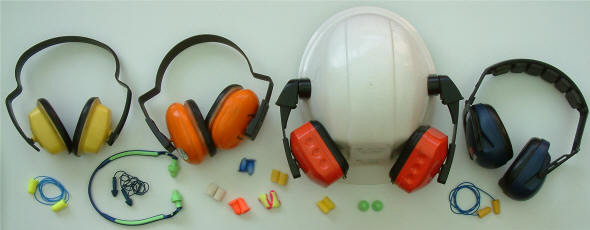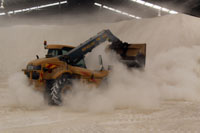
The specification of personal hearing protectors (printed on boxes containing protectors) usually provides information on noise attenuation in a table that shows:
Quite often in practice, the SLC80 is contentedly used by employers to assess the appropriateness of protectors, e.g. if an employee is exposed to the LCeq,8h of 93 dB(C) and the SLC80 of a protector is 23, an employer believes that the employee wearing this protector is exposed to the LAeq,8h of only 70 dB(A) [i.e. 93-23].
It may not be the case !
The selection (verification of appropriateness) of personal hearing protectors MUST BE MORE SOPHISTICATED, if you care for your employees and if you wish to prove that the protectors that you provide for your employees
are adequate indeed (e.g. during proceedings of workers' compensation claims).
The proper selection of personal hearing protectors should be:
- based on site-specific spectra of noise (frequencies of noise) your employees are exposed to;
- better that those for 80% of the population (after all, protection for 80% of the population
means that one of your five employees may not be protected adequately).
Our rigorous selection of personal hearing protectors is based on:
1. actual (measured on your site) spectra of noise; and
2. statistically valid for practically the entire range of the population.
 |
Measurements, assessments and control of noise and vibration since 1995.